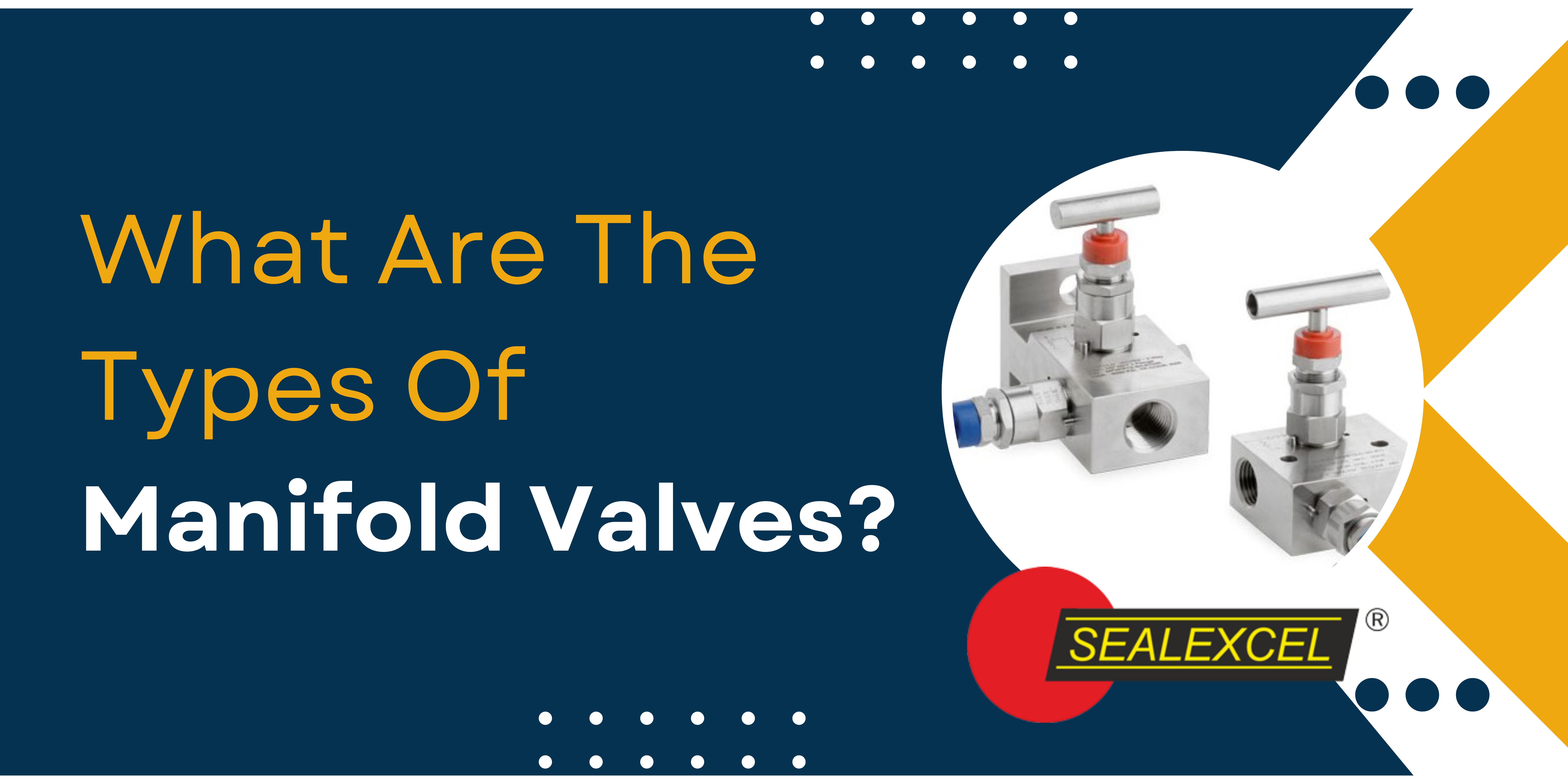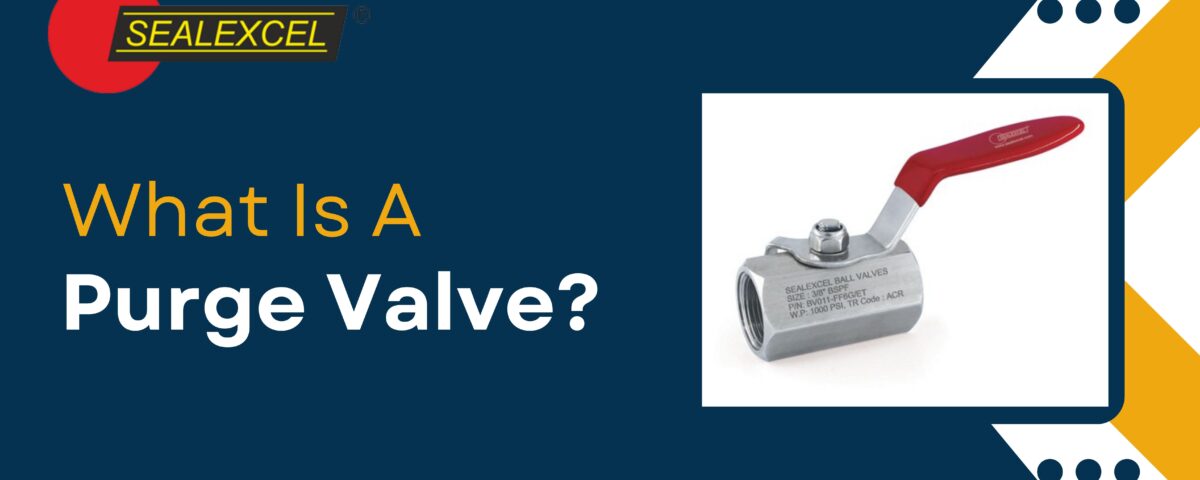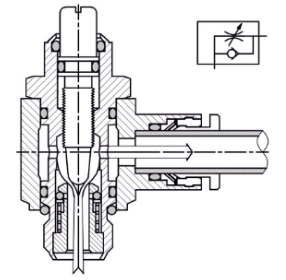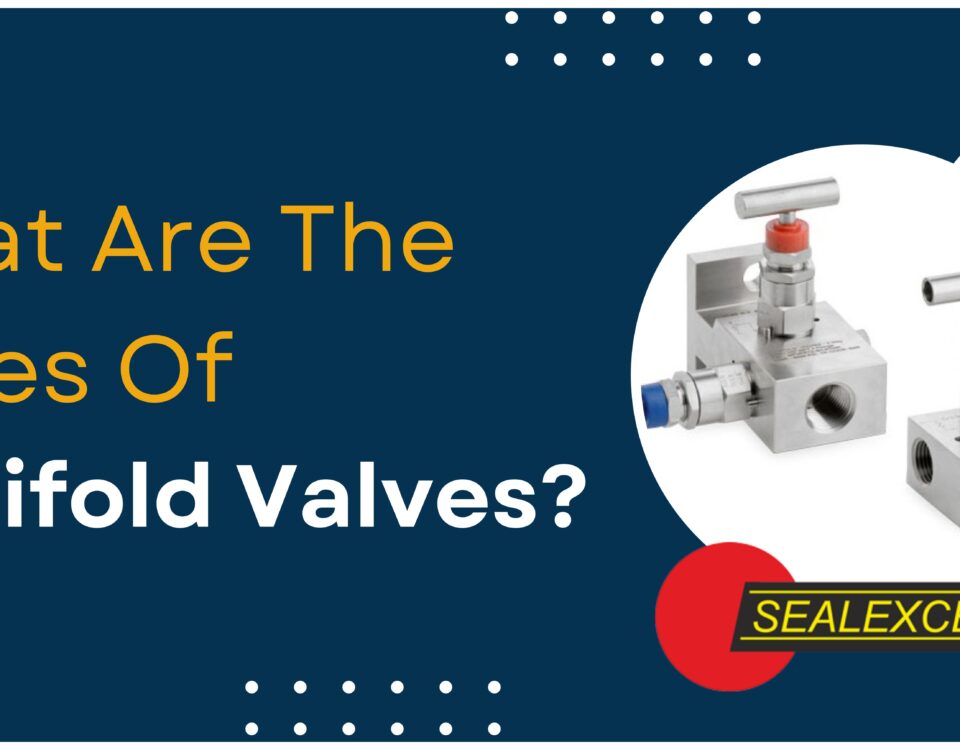
What Are The Types Of Manifold Valves?
April 27, 2023Understanding Flow Regulator Valves: Function, Types, and Applications
August 5, 2023The purge valve is a part of your car’s evaporative pollution control (EVAP) system. It is also called the canister purge valve. It keeps the fuel fumes in your fuel tank from getting out into the air by trapping them. The solenoid opens and closes the valve. If the solenoid breaks, the valve can get stuck open or closed.
How the purge valve is tested
The service instructions for the car tell you how to test the purge valve correctly. In most cars, the purge valve is usually closed, which means it should be closed when there is no voltage and open when voltage is applied.
The purge valve should be closed in the absence of voltage and opened when voltage is applied. For this vehicle, for instance, the service manual advises applying battery voltage to the purge valve terminals and listening to hear if a click can be heard.
Purge Valve Testing
The purge valve must be tested to ensure that it closes properly and is not leaking, according to the service handbook for this vehicle. We attach a portable vacuum pump and pressurize the purge valve.
What Are The Signs That A Purge Valve Is Broken?
If your purge valve breaks or starts to act up, the check engine light will come on. If the car’s computer notices that the purge from the valve is too high or too low, it will send an error code and turn on the check engine light.
The purge valve is controlled by electricity. Most problems with a flush valve happen when it gets stuck open or closed or doesn’t open at the right time. Here are some signs that your canister’s purge opening might not work correctly.
Check Engine Light Is On
The check engine light is the first sign of something wrong with your purge valve. Your car’s computer controls the canister purge valve, which lets it track how well it works. If your car’s computer notices that the valve is letting out more or less air than expected, it will turn on the Check Engine light. P0441 and P0446 are two standard error codes. Other EVAP numbers are also used. If your car’s check engine light comes on, take it to a trained mechanic who can help determine what is wrong.
Lower Gas Mileage
If your purge valve does not work right, it could damage your gas economy. The reason is that the vapors your car usually uses to burn fuel will find their way to the EVAP tank and be released into the environment. This means that you will lose some of the energy that you usually use to burn.
Engine Problems
However, if your purge valve is stuck open, it lets out pressure, which can be bad for your engine. Just put, your car’s computer will not be able to predict how much air will be let into the engine. This will change the car’s air-to-fuel ratio, which can cause rough idling (when the engine is going, the car feels rough and bouncy) and make it hard to start. If both happen simultaneously, the canister valve or another part of the EVAP system is likely broken.



